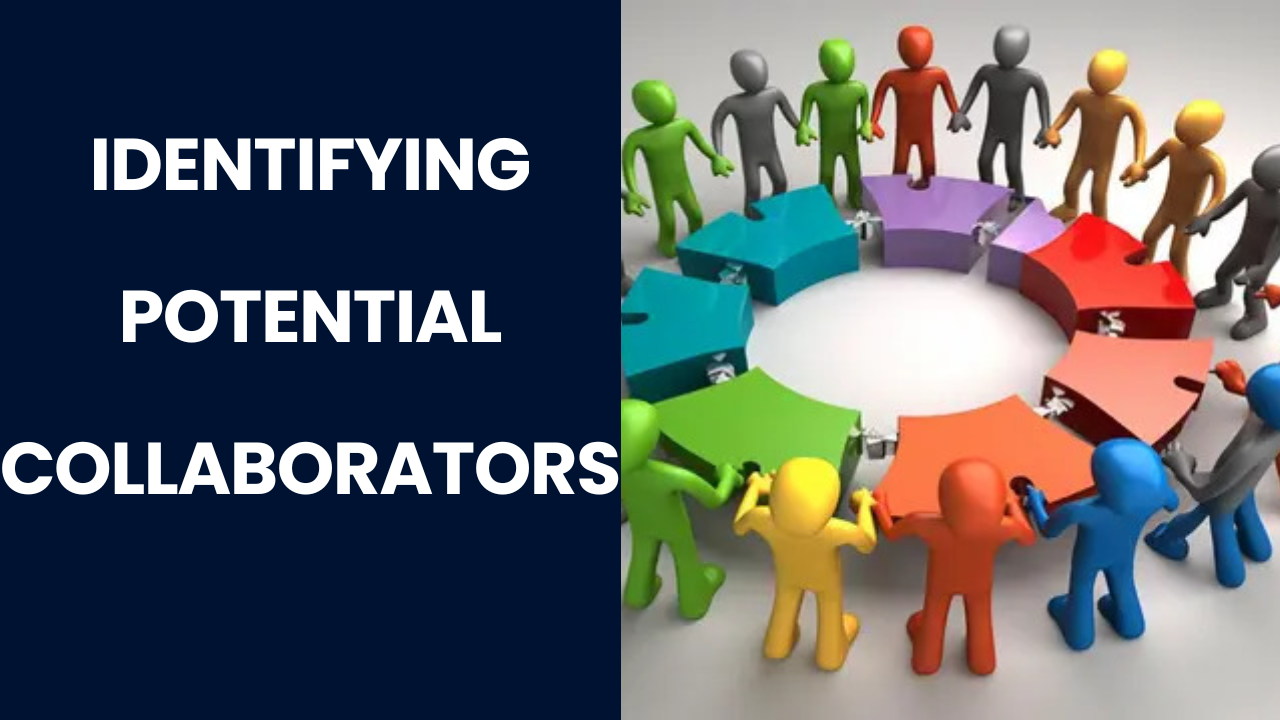MINDFULNESS:
Mindfulness is a multifaceted concept rooted in the practice of being fully present and aware in the current moment. It involves paying deliberate attention to thoughts, emotions, bodily sensations, and the surrounding environment without judgment or attachment.
Mindfulness originates from Buddhist traditions but has been adapted and secularized for widespread application in modern contexts, including psychology, medicine, education, and personal development.
Below is an in-depth exploration of the various dimensions of mindfulness:
1). Present Moment Awareness:-
At its core, mindfulness emphasizes the importance of being present in the here and now.
This involves directing attention to immediate sensory experiences, such as the breath, bodily sensations, sounds, or the environment, rather than dwelling on the past or worrying about the future.
2). Non-Judgmental Awareness:-
Mindfulness encourages an attitude of acceptance and non-judgment towards one’s experiences.
Rather than labelling thoughts or emotions as good or bad, right or wrong, practitioners cultivate a sense of curiosity and openness, allowing experiences to arise and pass without attachment.
3). Intentional Attention:-
Mindfulness involves intentionally directing attention to a chosen focal point, such as the breath, bodily sensations, or a specific object of meditation.
This focused attention helps anchor awareness in the present moment and cultivate a sense of clarity and concentration.
4). Acceptance and Equanimity:-
Central to mindfulness is the practice of accepting things as they are, without resistance or aversion.
This does not imply passive resignation but rather a willingness to acknowledge and embrace the full range of human experiences, including discomfort, pain, and uncertainty, with equanimity and compassion.
5). Self-Regulation and Emotional Regulation:-
Mindfulness practices can enhance self-regulation by promoting greater awareness of internal states and impulses.
By observing thoughts and emotions as they arise, individuals can develop a greater capacity to respond skillfully rather than reactively to challenging situations, reducing impulsivity and increasing emotional resilience.
6). Cultivation of Compassion:-
Mindfulness is often paired with the cultivation of compassion and loving-kindness towards oneself and others.
By fostering a sense of interconnectedness and empathy, mindfulness practices can promote greater understanding, empathy, and altruism in relationships and social interactions.
7). Integration into Daily Life:-
Mindfulness is not confined to formal meditation practice but extends to all aspects of daily life.
It involves bringing mindful awareness to routine activities such as eating, walking, working, and interacting with others, thereby deepening presence and enhancing the quality of experience.
Generally speaking, mindfulness involves observing your thoughts and emotions as they arise, acknowledging them, and then letting them go.
When it comes to money, mindfulness means paying attention to your spending habits, financial goals, and the emotions that arise around money.
Excerpt from my upcoming book “MONEY MINDSET” The book will be out soon. So, do not forget to subscribe to the email form below to be informed when the book is out. Also, download my three free offers when you subscribe. Thanks.








Excellent blog here Also your website loads up very fast What web host are you using Can I get your affiliate link to your host I wish my web site loaded up as quickly as yours lol